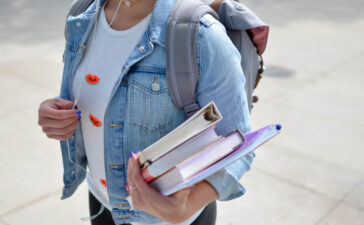Wondering how an electronic loan works? If you’re trying to track down financing, these loans offer speed and flexibility. But that doesn’t mean e-loans don’t come with drawbacks.
So, is an e-loan right for you? When you’re ready to discover how e-loans work, so you can decide for yourself, read on.
What’s an E-Loan?
An e-loan, otherwise known as an electronic loan, is one of the types of loans offered by a loan provider that can be done without a face-to-face meeting. The borrower can finish all the necessary paperwork online for the personal loan without ever stepping foot in a loan office. That means the borrow isn’t limited by the proximity of the loan institution.
An e-loan is an option if you’re hunting loans for bad credit. Unfortunately, it isn’t guaranteed. Each loan provider offers different e-loan options. Those rely on varying types of collateral, credit rating, proof of employment, etcetera.
How Does an Electronic Loan Work?
Though applying for an e-loan requires some effort to gather the necessary paperwork, the turnaround time is quick. The use of digital systems and the wealth of information available to financial institutions give lenders the ability to process your loan and pay you within 24 hours or less.
Some have a turnaround time of an hour or less! So, does that mean that the transaction of all electronic personal loans happens that quickly?
That depends on the loan provider. It also depends on your ability to send them all the paperwork they need so they aren’t waiting for you.
Most ask you to send it all in a single file or a single email. Though faxes are outmoded in most places, it’s still considered acceptable to fax documents requiring your signature for a variety of different types of loans.
Example Paperwork Requirements for Securing a Loan
Though you’ll need to ask your loan provider about their specific requirements, this is an example of what they commonly need. Keep in mind that your provider might ask you for additional documents or require additional forms of collateral.
- Your driver’s license
- Two types of identification
- Three recent pay stubs
- Utility bill
- Pre-authorized payment form
- Photos of an item for collateral
- Proof of the value of the item for collateral
Not all loans require collateral. In the case of a title loan for a car, truck, or motorcycle, most loan institutions require information about the vehicle in question. That includes things like VIN numbers, make, model, year, and photographic evidence.
In those cases, if you default on your loan, your loan provider uses your vehicle as collateral. They repossess your vehicle and resell it, using it to recoup their investment.
What’s Next?
So, is an electronic loan right for you? Remember, each financial institution is different. Check with your loan provider and ask them about their terms and payment schedule before you decide.
If you’d like to learn more about loans, drop by and browse the rest of our huge digital library full of other articles on all things finance.









